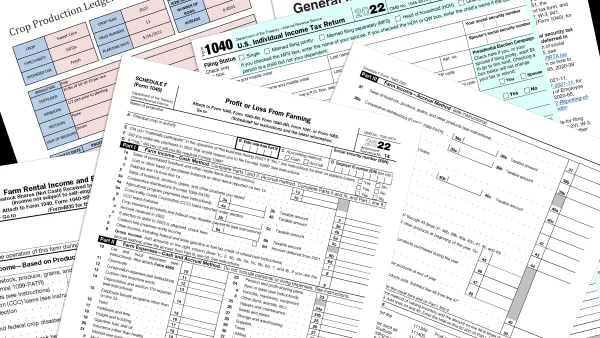CFOs whose company has merged with another are to recognize the acquired company’s contract assets and liabilities under ASC 606 standards rather than apply a fair market value calculation to them, the Financial Accounting Standards Board (FASB) says in an update it passed last week.
The ASC 606 standards are to be applied to the assets and liabilities as if the contracts were originated by the acquiring company at the time of acquisition. The goal is to increase consistency among companies in how they account for these often-complicated acquired contracts and make it easier for investors, analysts and others to track their impact on the combined company.
The changes, FASB Chair Richard Jones says, “will align the accounting for these acquired contracts … and will provide more comparable information to … financial statement users seeking to better understand the financial impact of these acquisitions.”
ASC 606, implemented in 2014, is the set of standards companies follow to recognize revenue that comes in over time and is tied to contract obligations. It’s especially relevant to companies whose income is subscription-based or comes in as performance benchmarks are reached.
How companies recognize revenue over multiple quarters is the biggest issue behind Securities and Exchange Commission (SEC) enforcement actions because of the variable way the revenue is accounted for, and with mergers and acquisitions hitting record numbers, accounting for acquired contract assets and liabilities takes on heightened importance.
Application
Under the new standards, accounting staff are to look at how an acquired company has been applying ASC 606 rules to its contract assets and liabilities to determine what they’re to record for the acquired contracts.
If a revenue contract was paid fully upfront before the acquisition, for example, the acquired company would have to recognize a contract liability for the remaining unsatisfied performance obligations.
For acquired companies that don’t follow Generally Accepted Accounting Practices (GAAP) or that have errors in their accounting, the acquirer should record a contract liability that is the same as, or similar to, the contract liability that would have been recorded by the acquired company before the acquisition.
FASB included a number of what it calls practical expedients for companies to use if they face hard-to quantify judgment calls.
For example, in cases in which contracts were modified before the acquisition date, an acquirer can reflect the aggregate effect of all the modifications when identifying the performance obligations or determining the transaction price. It can also reflect the aggregate effect when allocating the transaction price to both the satisfied and unsatisfied performance obligations.
Concerns
Not all FASB members were on board with all the changes. Christine Botosan, a FASB member since 2016, dissented out of concern the changes won’t lead to improved accounting for business combinations and won’t make it easier for investors and analysts to assess the performance of the assets and liabilities under the combined company.
Among other things, she said, there was a concern that companies might use the change to “buy revenues” by carrying over an acquired company’s basis, which could enable them to overstate their post-acquisition revenues and income.
The new standards take effect for public companies near the end of next year; for other companies and organizations, the standards take effect a year later, near the end of 2023.














